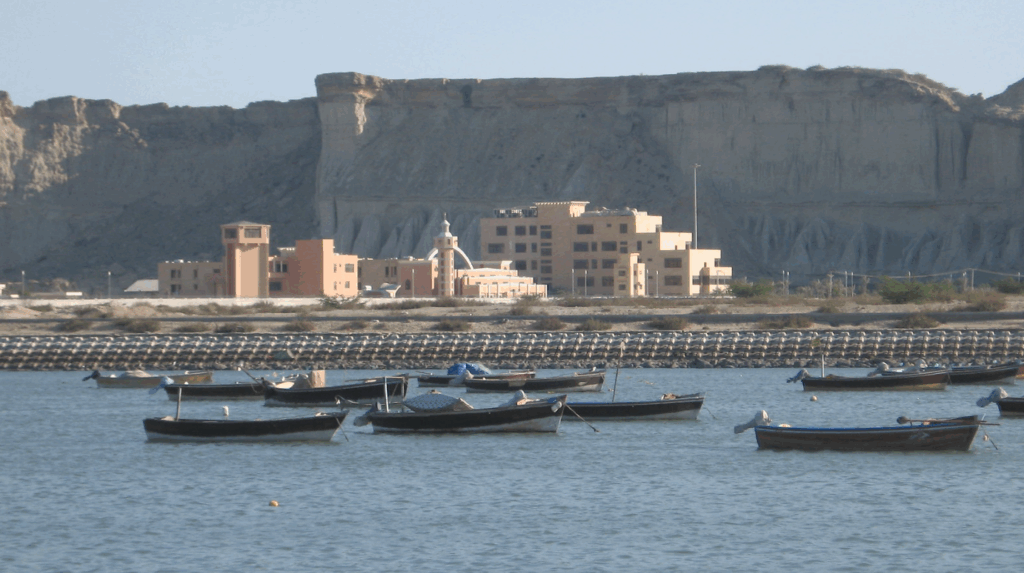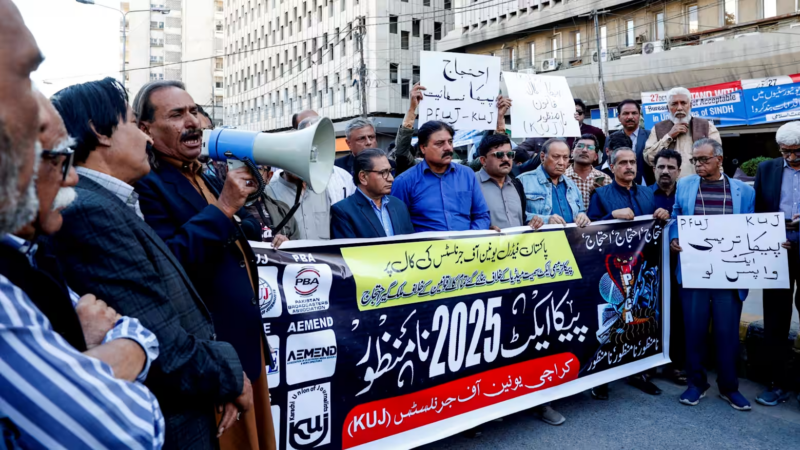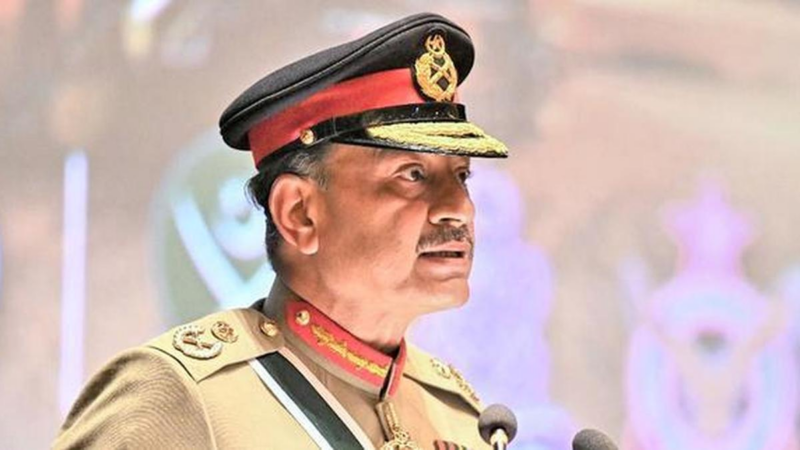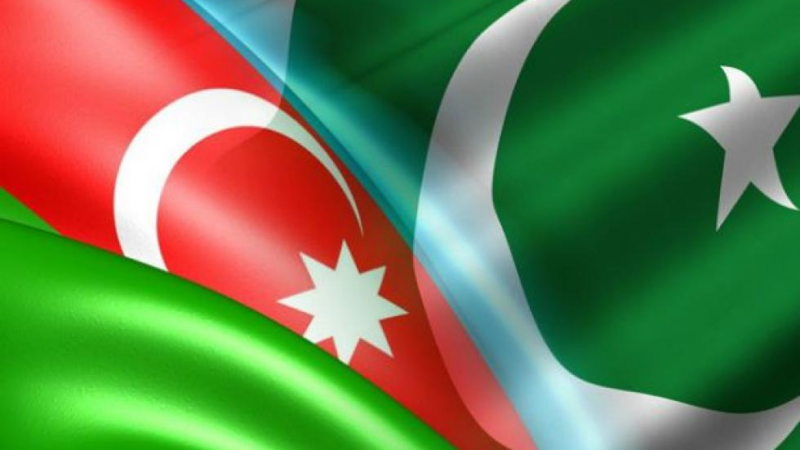Ten Years of CPEC Implementation: Promise, Pitfalls, and Potential

Once heralded as a transformative lifeline for Pakistan’s faltering economy, the China-Pakistan Economic Corridor (CPEC) now symbolizes missed opportunities and unmet expectations. In 2015, with agreements worth USD $46 billion signed, CPEC aimed to resolve Pakistan’s energy crisis, upgrade infrastructure, and spur industrial growth through the Belt and Road Initiative (BRI). Yet, a decade later, the enthusiasm has waned. While CPEC undoubtedly had potential at the outset, Pakistan appears to have largely squandered it through political infighting, economic missteps, security challenges, and poor communication. Despite these roadblocks, however, some notable achievements offer hope for a course correction.
Politicization: Perils of Polarization
From its inception, CPEC was entangled in Pakistan’s divisive politics. The Pakistan Muslim League Nawaz (PML-N), led by Nawaz Sharif and later Shehbaz Sharif, positioned itself as the principal architect of the project by rolling out high‑profile infrastructure and energy initiatives in Punjab and Gwadar. In contrast, Imran Khan’s Pakistan Tehreek-e-Insaf (PTI), which built its appeal on anti‑corruption and institutional reform, accused the PML-N of corruption and inflated costs in CPEC projects like the Multan-Sukkur motorway. Once in office, the PTI reviewed the CPEC framework to lower the government’s financial risk. Moreover, in 2019, PTI’s pursuit of a financial bailout from the IMF slowed CPEC projects, which angered China and drew criticism from the PML‑N and the Pakistan People’s Party (PPP) alike. An example of the PTI aiming to limit CPEC was the decision to shelve the 1320 MW Rahim Yar Khan power project citing concerns over surplus generation capacity and financial sustainability.
While CPEC undoubtedly had potential at the outset, Pakistan appears to have largely squandered it through political infighting, economic missteps, security challenges, and poor communication.
Meanwhile, escalating provincial tensions around CPEC have contributed to slower implementation and growing discontent. In 2016, the provincial government of Khyber Pakhtunkhwa (KPK) argued that the province was eligible for a nearly 13 percent share in CPEC projects but was only receiving 2 percent of project allocations. Local PTI politicians even termed CPEC the “China‑Punjab Economic Corridor” with projects in Punjab prioritized over KPK and Balochistan. Similarly, nationalist parties in Balochistan argued that federal planners prioritized the eastern route of CPEC over the western route to facilitate infrastructure development in Punjab over under‑developed areas in Balochistan. These provincial concerns have exacerbated local resentment, fueling mistrust and public demonstrations that complicate CPEC’s implementation.
Economic Missteps: Debt-driven Development
Beyond these political woes, Pakistan’s chronic economic mismanagement limited CPEC’s transformative potential. Instead of leveraging CPEC as a springboard for expanding manufacturing capacity to boost exports, Pakistan’s external debt ballooned. By the end of 2023, the country’s external debt reached approximately USD $130.85 billion, with Chinese loans making up nearly USD $29 billion—or 22 percent of the total debt. Under CPEC, most Chinese financing went into energy production, with guaranteed returns—Pakistan had to pay for installed power capacity irrespective of actual use. Moreover, in late 2018, it emerged that against the Chinese investment of USD $26.5 billion, Pakistan would be repaying nearly USD $40 billion over 20 years in debt repayments and dividends, putting further pressures on foreign exchange reserves. With compounding financial woes, Pakistan had to approach the IMF twice, first in April 2019 and then again in mid-2023, to secure bailout packages. Even now, Pakistan is under a USD $7 billion IMF facility signed in September 2024. Successive IMF programs have focused on stabilizing the economy, rebuilding foreign currency reserves, and curtailing government spending—including restructuring debt-heavy agreements with China, which have contributed to Pakistan’s shrinking fiscal space.
In the energy sector, while 14 power projects have added nearly 8,700 megawatts of electricity production capacity, the energy produced comes at a steep price. Three of the major coal-fired power plants under CPEC—Sahiwal, Port Qasim, and Hub—rely on coal imported from Indonesia, South Africa and Australia. This increases the fuel-import bill while producing expensive electricity. Besides, the Chinese power plants are now stuck in Pakistan’s chronic circular debt predicament, as unpaid bills by consumers pile up, reaching USD $1.5 billion by July 2025. Successive governments have tried to address the circular debt challenge, but have failed to find a sustainable solution. Every year a one-off payment is made, after which the debt to the CPEC power plants accrues once more within several months.
In the industrial sector, despite promises of industrial revival via Special Economic Zones (SEZs) under CPEC, Pakistan’s envisioned industrial growth remains largely unrealized, as work on only four out of the envisioned nine SEZs is underway currently. Successive governments have promised attractive tax breaks and incentives to invite Chinese manufacturers from diverse sectors to set up units in SEZs.
Nevertheless, the cost of doing business for Chinese companies in Pakistan remains high—among other factors, investors frequently cite high land costs and power tariff uncertainty. As such, despite successive attempts to address the concerns of Chinese investors and the 2023 launch of the Special Investment Facilitation Council (SIFC), tangible progress remains limited.
Security Challenges and Alienated Balochistan
Beyond politics and economics, security challenges, especially in Balochistan, have derailed CPEC. Two major threats confront the project: the Balochistan Liberation Army (BLA), an ethnic separatist group driven by resource nationalism, and Tehreek-e-Taliban Pakistan (TTP), an Islamist militant organization opposed to the Pakistani state.
BLA attacks, especially targeting Chinese nationals and projects, stem from long‑standing grievances in Balochistan, including alleged resource exploitation, corruption, and unmet promises of local jobs and development under CPEC. Between 2021 and late 2024, at least 14 terrorist attacks resulted in the deaths of 20 Chinese citizens and injuries to 34 others, most of which were claimed by the BLA.
Meanwhile, the TTP has also targeted Chinese interests in Pakistan. While the TTP opposes China’s treatment of Uyghur Muslims in Xinjiang, its primary motivation stems from a deeper ideological hostility toward the Pakistani state, which it regards as an “infidel state.” TTP seeks to undermine Pakistan and its relations with close partners—especially China—by attacking strategic infrastructure and foreign nationals. A high-profile suicide bombing in March 2024 on a convoy of Chinese workers in KPK province killed five Chinese engineers and a Pakistani national. Investigators later linked militants involved in the attack to the TTP, who were reportedly receiving instructions from their senior commanders based in Afghanistan.
These twin threats have strained bilateral ties, with Beijing increasingly skeptical of Pakistan’s ability to ensure security for its citizens. In response, Pakistan has rolled out multiple measures: an army-led Special Security Division (SSD) to secure Chinese personnel and CPEC installations, new Special Protection Units (SPUs) in provincial police forces, and new standard operating procedures for Chinese nationals when travelling within Pakistan. These developments show that sustainable security has emerged as a critical prerequisite for any future expansion of CPEC.

Despite these challenges, CPEC has delivered some tangible results. Over 800 kilometers of new motorways—including the M‑5 Sukkur–Multan and Halka–D.I. Khan project—have improved national connectivity, while the Matiari–Lahore power line, capable of transmitting 4,000 MW of electricity from southern power sources to northern Pakistan, became operational in September 2021, enhancing grid stability nationwide. Nine new power plants—coal, hydel and solar—were completed with Chinese financing, while Thar coal is now being mined and used in two power plants to generate electricity. Urban transport also benefited: the Orange Line Train metro system, Pakistan’s first, was inaugurated in October 2020, and now carries over 100 million annual riders.
These projects were primarily successful because of broad consensus between the PML-N and the PPP on the need to facilitate Chinese investments in Pakistan. Between 2013 and 2018, the PML-N government at the federal level provided crucial policy support to the PML-N government in Punjab and the PPP government in Sindh, while maintaining close coordination with Chinese interlocutors. The close alignment between these four actors saw regulatory hurdles being addressed in the power sectors, while the National Highway Authority oversaw implementation of infrastructure projects.
These projects were primarily successful because of broad consensus between the PML-N and the PPP on the need to facilitate Chinese investments in Pakistan.
Similarly, the Gwadar deep-sea port became operational in May 2021, marking a significant milestone in Pakistan’s maritime infrastructure, with the capacity to handle general cargo, containers, and related operations. Major developments include the completion of the East Bay Expressway (2022), a partial desalination plant (2023), and the inauguration of the New Gwadar International Airport in October 2024. These have improved access, logistics, and basic services in the region. However, the port remains underutilized, with limited cargo movement and a largely inactive Free Zone. Persistent security concerns, weak local linkages, and a lack of industrial investment have slowed broader economic activation. Yet, these advances—though incremental—lay critical groundwork for future growth.
A Path Forward
CPEC was never merely about roads, ports, or power plants—it was envisioned as a catalyst for economic transformation, regional integration, and long-term prosperity. Yet, a decade on from when both countries signed on the dotted line, it risks becoming a case study in unrealized potential. To reverse this trajectory, Pakistan would have to transition from reactive governance to institutionalized reform. Strengthening the existing Joint Parliamentary Committee on CPEC into a more empowered and transparent body is a necessary first step. This committee should go beyond symbolic meetings and be tasked with undertaking rigorous oversight by holding expert hearings, publishing project performance reports, and engaging the public through its meetings across the country. Meanwhile, although the Board of Investment is advancing reforms under the World Bank-supported Digital Economy Enhancement Project (DEEP), implementation has been slower than required with critical MoUs between the Ministry of IT and provincial governments still pending, delaying the integration of provincial and local services into the system. Although designated accounts have been opened, staff onboarded, and initial procurements launched, these steps remain preliminary. Without stronger federal–provincial coordination, the Pakistan Business Portal cannot deliver on its promise of a true one-window mechanism to cut bureaucratic delays and bolster investor confidence. On the security front, the federal government must ensure that specialized units like the SSD and SPUs maintain active coordination with provincial governments and other law-enforcement agencies through timely information sharing. Without such structural reforms and a renewed national consensus, Pakistan risks allowing CPEC’s immense potential to remain unrealized—an opportunity lost not due to external constraints, but due to internal inertia.






